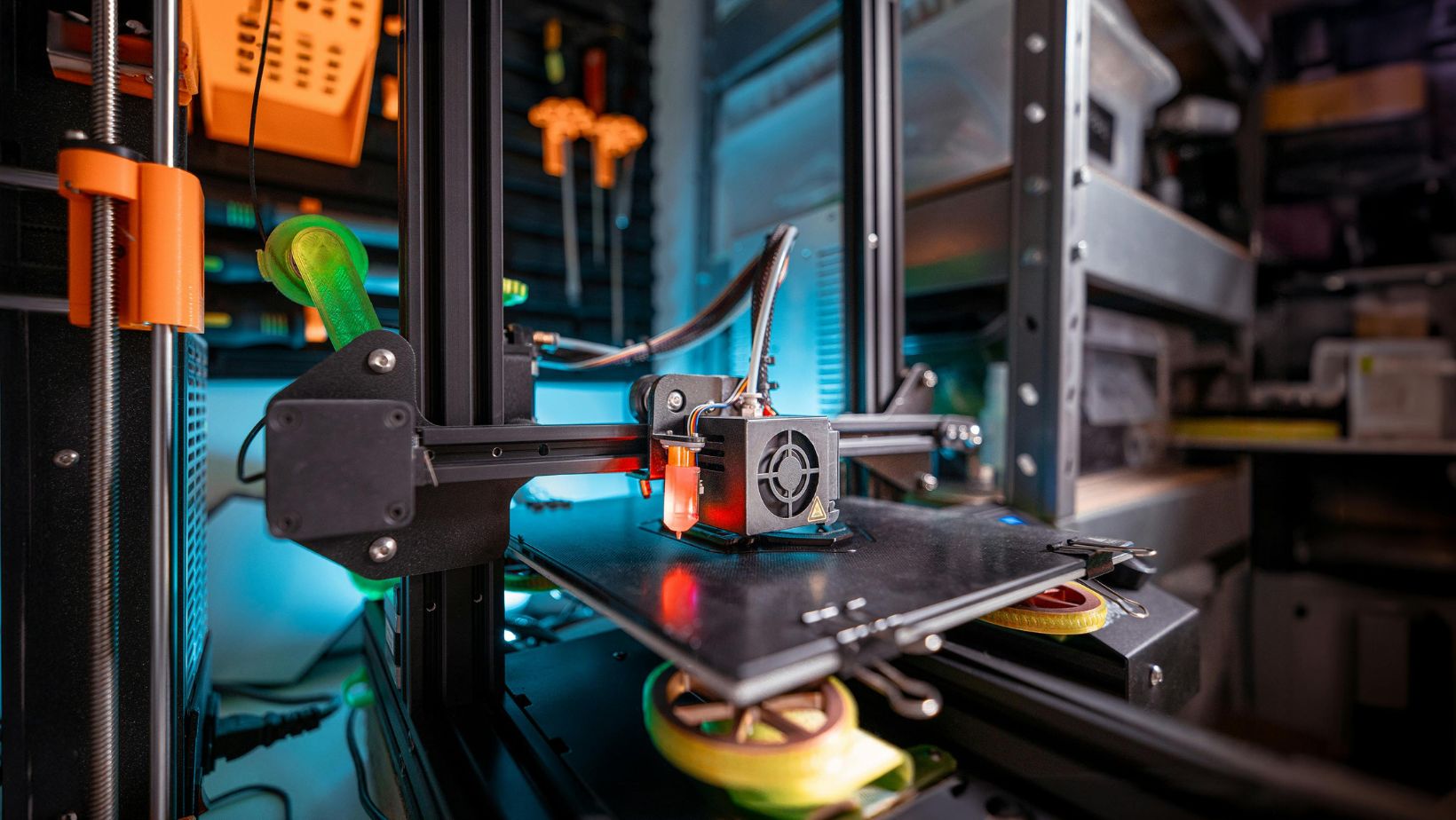
Artificial intelligence is playing a growing role in 3D modeling, helping professionals work more efficiently and produce more lifelike digital objects. Whether you work in design, urban planning, film, or simply follow tech trends, understanding how AI contributes to this field is useful.
Streamlining the Creative Process
Many professionals have noted that AI tools can take a lot of the repetitive work out of the process. For example, systems that generate 3D models from text or images help reduce the manual effort required to create prototypes. This means that tasks which once took hours can now be accomplished in a fraction of the time. Designers can focus on refining creative ideas rather than getting bogged down by routine tasks.

- Faster Prototyping: Designers can see initial results almost instantly, allowing for quick adjustments.
- Efficiency Gains: Routine tasks like retopology and texture mapping are handled automatically, letting artists concentrate on higher-level creative decisions.
Bringing More Detail to Digital Creations and Widespread Industry Use
Recent advances in scanning techniques and data processing methods have led to 3D models that capture more detail and texture than ever before. New methods capture fine details—such as realistic lighting and subtle surface variations—making digital objects appear more true-to-life.
- Enhanced Realism: Modern tools capture intricate textures and lighting conditions, which helps improve the overall appearance of models.
- Improved Data Capture: Techniques that move beyond traditional polygon-based models enable the creation of more detailed representations.
The global market for 3D modeling continues to grow, and various industries are taking advantage of these improvements. Entertainment, urban planning, healthcare, and product design are just a few areas where AI-assisted modeling is becoming a practical tool. For instance, some professionals have started using CGDream’s AI picture tool for free to quickly convert visuals into 3D models, change angles, and get renewed 2D images, integrating this process into their broader workflow.
- Entertainment & Media: Films and video games now benefit from faster asset creation and more realistic environments.
- Urban & Architectural Design: City models and building simulations are produced more rapidly, aiding in planning and visualization.
- Healthcare & Product Design: Detailed anatomical models and prototypes can be developed with greater accuracy and speed.
Immersive and Interactive Experiences
AI is also a key player in developing immersive experiences, such as virtual reality and augmented reality applications. With the help of enhanced 3D models, virtual stores and digital twins become more interactive and personalized.
- Virtual Environments: More lifelike models lead to realistic settings in VR and AR, enhancing the overall user experience.
- Personalized Experiences: Some platforms use AI to tailor digital environments to individual preferences, which can be particularly appealing in consumer applications.
Advances in Generative and Procedural Design
Integrating generative design methods into the workflow allows for exploring a wide range of design possibilities based on specific constraints. By applying a set of rules and iterative algorithms, designers can quickly generate multiple viable solutions. This approach not only accelerates the design process but also helps maintain consistency when transferring style and structure between images and 3D objects. In some workflows, using an AI-driven 3D modeling generator that supports various LoRA styles and the Flux technology can enhance the natural appearance of visual outputs, making it easier to experiment with different artistic directions.
Looking Ahead
As AI continues to mature, experts predict even more refined tools that further integrate with both physical and digital worlds. Projects in areas like world simulation and realistic digital training environments hint at a future where digital interactions are increasingly seamless and intuitive.

In summary, the use of AI in 3D modeling is making the entire process smoother and more efficient. It helps reduce the workload on creative professionals while delivering more detailed and realistic models. With continued progress in this field, both professionals and general readers can look forward to enhanced digital experiences and practical applications across a wide range of industries.







